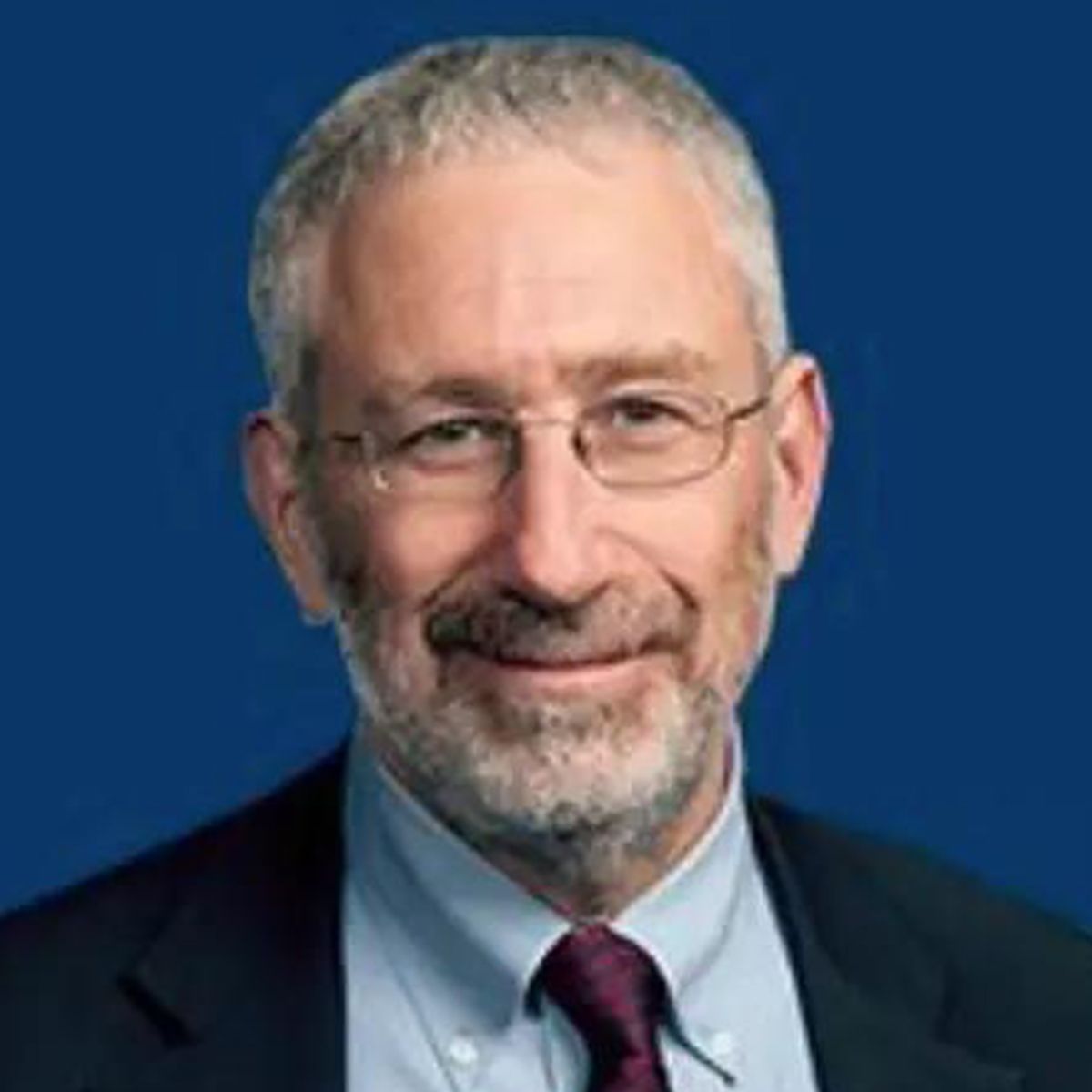Commentary
Video
Dr Armenian on Challenges With Transitioning from Pediatric to Adult Cancer Care
Author(s):
Saro H. Armenian, DO, MPH, discusses the difficulties that patients face when transitioning from pediatric to adult cancer care, highlighting unmet needs.
Saro H. Armenian, DO, MPH, Barron Hilton Chair, Pediatrics, chair, professor, Department of Pediatrics, director, professor, Division of Outcomes Research/Intervention, Department of Population Sciences, director, Center for Survivorship and Outcomes, Hematologic Malignancies Research Institute, co-leader, Cancer Control and Population Sciences Program, director, Childhood, Adolescent and Young Adult Survivorship Program, City of Hope, discusses the difficulties that patients face when transitioning from pediatric to adult cancer care, highlighting unmet needs.
In hospitals focused primarily on pediatric oncology, most follow-up care, screening, and management of late-onset adverse effects (AEs) are conducted at a children’s hospital, Armenian begins. However, when patients reach the ages of 18 to 21 years, they need to transition to an adult health care facility, he explains. This transition can be challenging for patients, and establishing a proper bridge for this transition is crucial because it coincides with the period when these patients are at a heightened risk for developing late-onset AEs from their cancer treatment, such as secondary cancers, cardiovascular issues, and bone complications, Armenian emphasizes.
If this transition is not handled smoothly and comprehensively, many survivors fall through the cracks, leading to underdiagnosed and untreated health conditions in their 20s, 30s, and 40s, he continues. These patients often miss essential screenings and preventive care, according to Armenian, who explains that there are multiple reasons for this gap. One major issue is that childhood cancer survivors often lack a full understanding of their treatment history and the associated long-term risks, Armenian states. Therefore, it is vital to equip them with detailed information about their diagnosis, the treatments they received, the potential late-onset AEs, and the necessary screenings they should undergo, including the recommended frequency of these screenings, he elucidates.
Another challenge arises when these survivors do not transition to an adult facility familiar with their unique survivorship needs, Armenian emphasizes. As a result, they may end up in primary care settings where providers are not always equipped to manage the complex follow-up required for childhood cancer survivors, Armenian expands.
At the City of Hope Children’s Cancer Center, investigators have developed a program that eliminates the age-out process, allowing health care providers to care for patients from childhood into adulthood, he says. Investigators have created a sustainable platform that supports lifelong follow-up through collaborative partnerships, he says. More institutions are beginning to adopt this model, whenever feasible, to ensure continuous, comprehensive care for cancer survivors throughout their lives, Armenian concludes.









